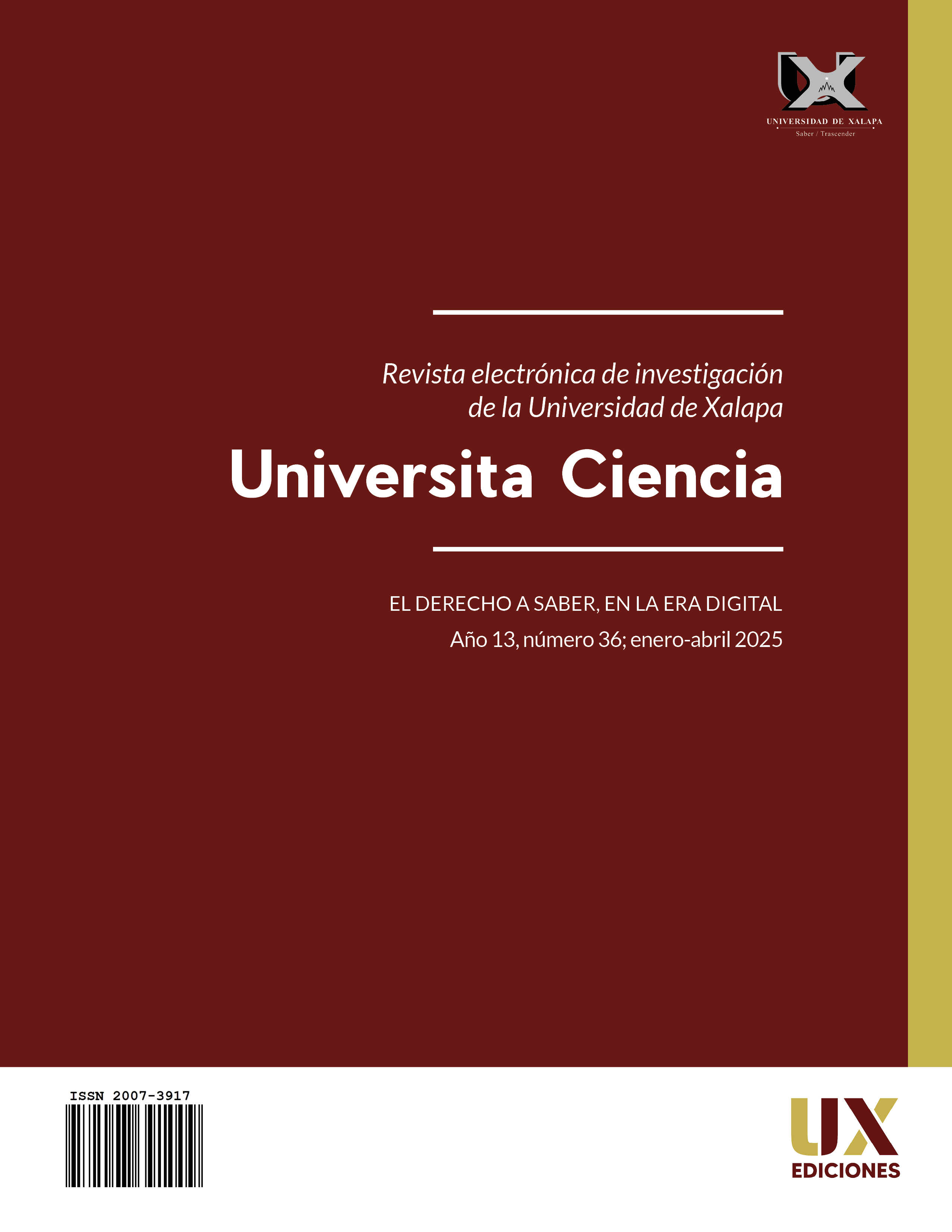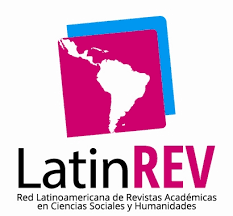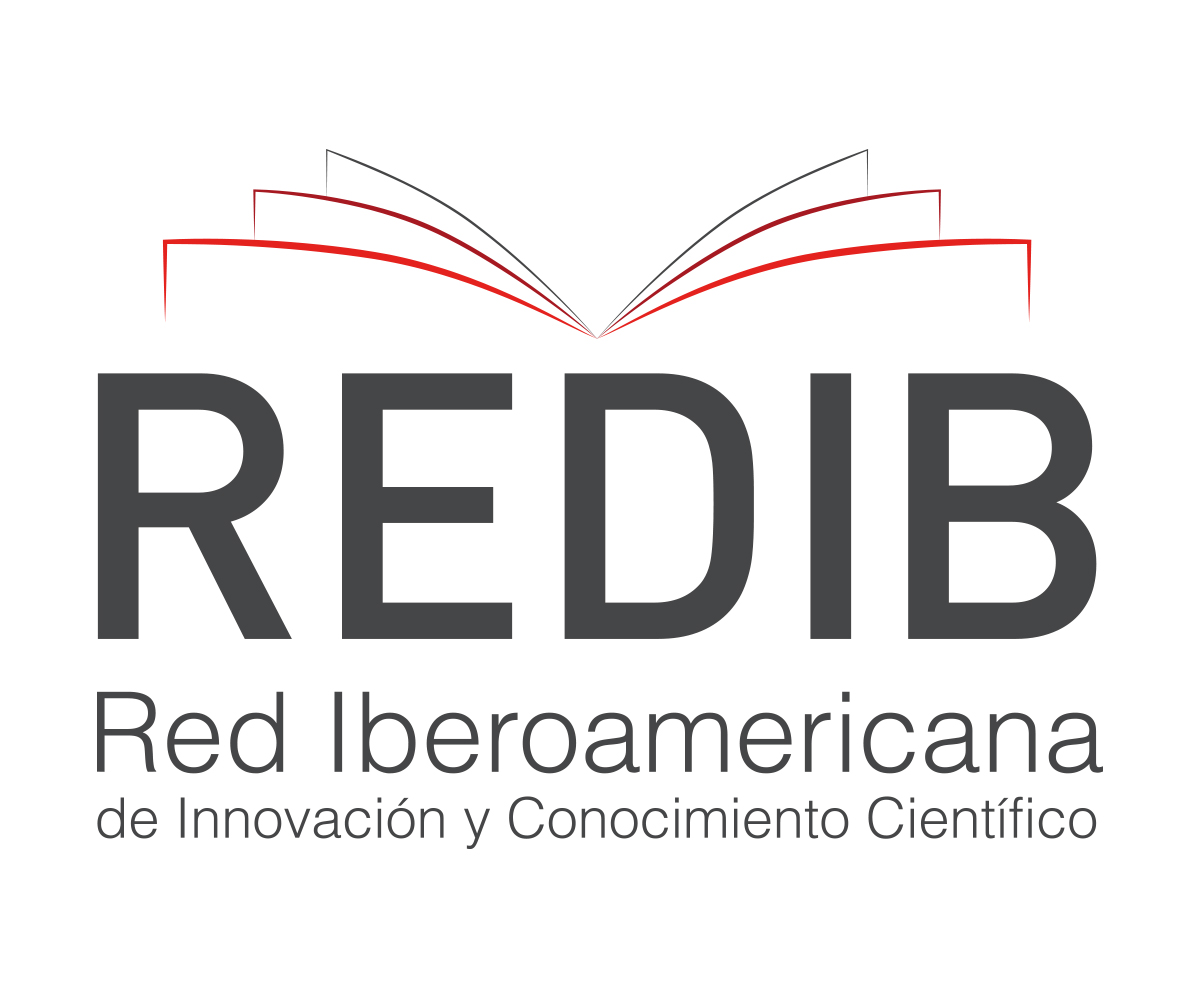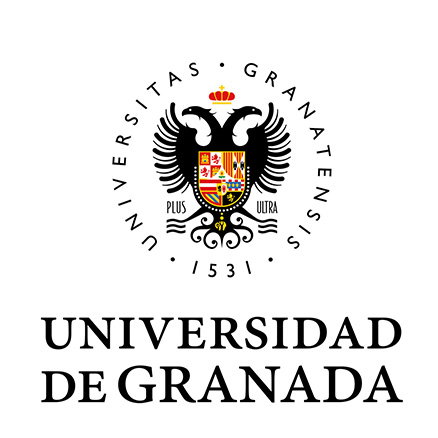Constitucional Recognition and Protection of Multispecies or Interspecies Families in Mexico
DOI:
https://doi.org/10.5281/zenodo.15122005Keywords:
Multispecies or interspecies family, companion animals, human rights, family realityAbstract
Multispecies or interspecies families are a reality in Mexican society; their recognition and protection emanate from the combination of three propositions. The first, the constitutional protection of the plurality of family reality; the second, the gradual distinction of animals as holders of rights dependent on their animal nature; and the third, the consideration of companion animals as providers and recipients of protection, support, company, affection and care. Thus, based on deductive, exegetic, sociological and dogmatic methods and attentive to the guarantee of the organization and development of families, it is proposed to understand multispecies or interspecies families as a manifestation of family reality that breaks into the traditional way of integrating them, in relation to the permanent and continuous coexistence of a group of living beings of different animal species -human and non-human-, that provide affection, company and mutual help.
Metrics
References
Alaguna, C. (2022). Conozca cuáles son las diferencias entre mascotas y animales de compañía. Pulzo. https://www.pulzo.com/vivir-bien/cual-es-diferencia-mascota-animales-compania-PP1367851A#google_vignette
Capacete González, F.J. (2018). La Declaración Universal de los Derechos del Animal Forum of Animal Law Studies, 9(3), 143-146. https://revistes.uab.cat/da/article/view/v9-n3-capacete/pdf_14
Comisión Nacional de Derechos Humanos. (2018). Las familias y su protección jurídica. https://www.cndh.org.mx/documento/las-familias-y-su-proteccion-juridica
Daniels Rodríguez, M. C., López Bonilla, I. U. y Montalvo Romero, J. (2024). El derecho humano a la ciencia en la Ley General de Humanidades, Ciencias, Tecnologías e Innovación. En: R. M. María Elena y M. T. Montalvo Romero (coords.). Políticas públicas en la educación superior. Perspectivas nacionales e internacionales. ECORFAN.
García Maynez, E. (2008). Introducción al Estudio del Derecho, 6ª ed. Porrúa.
H. Congreso de la Ciudad de México. (2017). Constitución Política de la Ciudad de México. https://www.congresocdmx.gob.mx/media/documentos/1335dbceb368c6ef199aa9efc80f269ac41369ca.pdf
H. Congreso de la Unión. (1917). Constitución Política de los Estados Unidos Mexicanos. https://www.diputados.gob.mx/LeyesBiblio/pdf/CPEUM.pdf.
H. Congreso del Estado de Colima. (2017). Constitución Política del Estado Libe y Soberano de Colima. https://congresocol.gob.mx/web/www/leyes/index.php?idt=
H. Congreso del Estado de Nuevo León. (1917). Constitución Política del Estado Libre y Soberano de Nuevo León. https://www.hcnl.gob.mx/trabajo_legislativo/leyes/pdf/CONSTITUCION%20POLITICA%20DEL%20ESTADO%20LIBRE%20Y%20SOBERANO%20DE%20NUEVO%20LEON.pdf?2023-05-29
H. Congreso del Estado Libre y Soberano de Oaxaca. (1922). Constitución Política del Estado Libre y Soberano de Oaxaca. https://www.congresooaxaca.gob.mx/docs66.congresooaxaca.gob.mx/legislacion_estatal/Constitucion_Politica_del_Estado_Libre_y_Soberano_de_Oaxaca_(Ref_dto_2518_aprob_LXV_Legis_11_nov_2024_PO_Extra_12_nov_2024).pdf
Instituto Nacional de Estadística y Geografía. (2021). Encuesta nacional de bienestar autorreportado. https://www.inegi.org.mx/contenidos/saladeprensa/boletines/2021/EstSociodemo/ENBIARE_2021.pdf
Jongitud Zamora, J. C. (2022). Método de desempaque de derechos humanos. Un bosquejo de su aplicación al derecho a la defensa. En: I. U. López Bonilla y J. Reyes Negrete (direc). Derechos humanos y defensa pública. Consejo de Ciencia Tecnología del Estado de Puebla.
López Teruel, R. (2020). Los Derechos de los Animales. DeAnimals Derecho Animal. https://www.deanimals.com/legislacion-derecho-animal/los-derechos-de-los-animales/
López Bonilla, I. U. (2015). Significación del bloque de constitucionalidad en la temática de derechos humanos en el ordenamiento jurídico mexicano. Letras Jurídicas. Revista Mutidisciplinar del CEDEGS, (31), 111-123.
Maldonado Reséndiz, I. (2023). ¿Sienten los animales? Revista mexicana de anestesiología, 46(4), 284-287. 10.35366/112302
Martínez Freire, P. (2014). Naturaleza Animal y Humana. En: A. Diéguez y J. M. Atencia (eds). ¿Son los seres humanos animales racionales?. Biblioteca Nueva.
Organización de los Estados Americanos. (1969). Convención Americana sobre
Derechos Humanos. https://www.oas.org/dil/esp/1969_Convenci%C3%B3n_Americana_sobre_Derechos_Humanos.pdf
Organización de los Estados Americanos. (1988). Protocolo Adicional a la Convención Americana sobre Derechos Humanos en Materia de Derechos Económicos, Sociales y Culturales https://www.oas.org/dil/esp/1969_Convenci%C3%B3n_Americana_sobre_Derechos_Humanos.pdf
Procuraduría Federal de Protección al Ambiente. (2021). Proclamación de la
Declaración de los Derechos de los Animales.
Serrano, S. y Vázquez, D. (2013). Los derechos en acción. Obligaciones y principios de derechos humanos. Flacso.
Sheina, L. (2013). ¿Qué se necesita para formar una familia? buscando la verdadera esencia del grupo familiar. Contribuciones a las Ciencias Sociales. https://www.eumed.net/rev/cccss/24/grupo-familiar.html#google_vignette
Zúñiga, O.A.V. (2016). Derecho al desarrollo. De la familia homoparental mexicana. En: Guzmán, A. A. & Valdés, M. M. C. Constitucionalización del Derecho de Familia. Tirant LoBlanch.
Instituto Nacional de Estadística y Geografía. (2021). Encuesta nacional de bienestar autorreportado. https://www.inegi.org.mx/contenidos/saladeprensa/boletines/2021/EstSociodemo/ENBIARE_2021.pdf
SCJN, Pleno, Acción de Inconstitucionalidad 2/2010. 16 de agosto de 2010. https://bj.scjn.gob.mx/doc/ejecutoria/sHasl3cBN_4klb4HEKxv/*/documento
SCJN. Segunda Sala. Tesis de jurisprudencia. 16 junio de 2017. https://sjf2.scjn.gob.mx/detalle/tesis/2014498
SCJN. Segunda Sala. Amparo en Revisión 80/2022. https://bj.scjn.gob.mx/doc/sentencias_pub/YmpLJIMBAeINReW6qSKU/%22Actividades%20culturales%22
Tribunales Colegidos de Circuito. Amparo en Revisión 304/2016. 31 de agosto de 2017. https://sjf2.scjn.gob.mx/detalle/tesis/2015662
SCJN. Segunda Sala. Amparo en Revisión 630/2017. https://www2.scjn.gob.mx/ConsultaTematica/PaginasPub/DetallePub.aspx?AsuntoID=218698
SCJN. Primera Sala. Amparo en Revisión 163/2018. https://bj.scjn.gob.mx/doc/sentencias_pub/dyVS3XgB_UqKst8os7a9/%22Combatientes%22%20
Tribunales Colegiados de Circuito. Amparo Directo 454/2021. https://sise.cjf.gob.mx/SVP/word1.aspx?arch=84/0084000028721432006.pdf_1&sec=Yared_Misarem_Reynoso__Hern%C3%A1ndez&svp=1
Published
How to Cite
Issue
Section
License

This work is licensed under a Creative Commons Attribution-NonCommercial-ShareAlike 4.0 International License.
This journal adheres to the Creative Commons license in the definition of its policy of open access and reuse of published material, in the following terms:
- Accessibility to articles and other publications in whole or in part under the concept of copying, distribution, public communication , interactive access (through the Internet or other means), explicitly maintaining the recognition of the author or authors and the journal itself (authorship acknowledgment).
- Warning that if the articles are remixed, modified or fragments used in other creations, the modified material cannot be distributed, nor is it allowed to reconstruct versions from the original published articles (derived works).
- The use of the contents of the published articles, in whole or in part, for profit (non-commercial recognition) is prohibited.
The author retains copyright, transfers or grants exclusive commercial rights to the publisher, and a non-commercial license is used.














